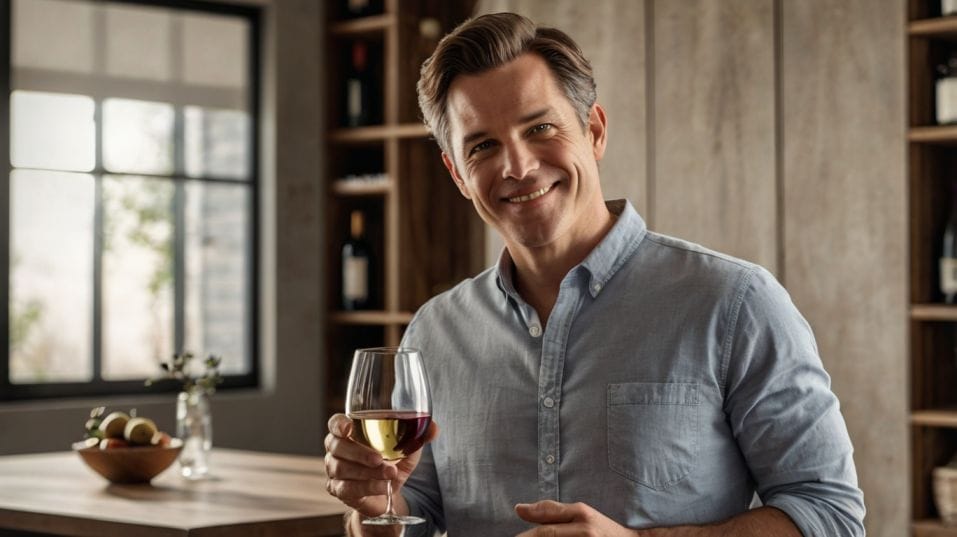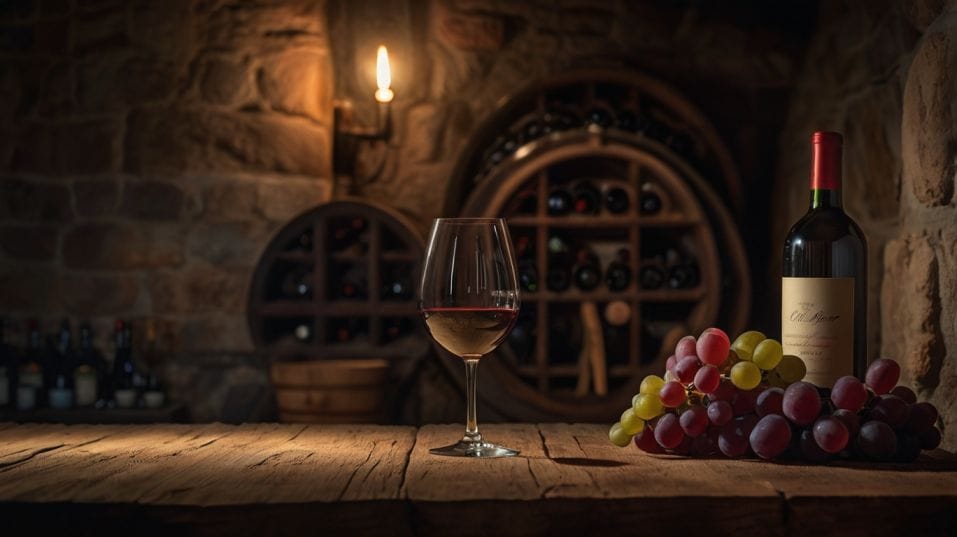What “Body” Means in Wine (And Why It Matters)
Learn what wine “body” really means—and why it matters. Make smarter picks, pair food better, and build confidence in every glass you taste.

What if the key to understanding wine had nothing to do with flavor? “Body” is one of the most important terms you’ll encounter—but many wine lovers use it without fully grasping it.
Yet body affects how a wine feels, how long it lingers, and what food it fits with. Mastering this one concept helps you taste with more confidence and choose wines that match your mood, meal, and personal style. Let’s decode it.
What Wine Professionals Really Mean by “Body”
When people talk about the body of a wine, they’re referring to how the wine feels in your mouth. Not the flavor, not the smell, not the finish—just the physical sensation.
Some wines glide across the palate like cool water. Others feel weighty, even creamy, almost like a spoonful of syrup or milk.
Body is a combination of several factors working together:
- Alcohol gives wine volume and warmth.
- Tannins (especially in red wines) add texture and grip.
- Residual sugar contributes roundness and richness.
- Acidity can “lift” a wine, making it feel lighter and more refreshing.
None of these elements define body on their own. But together, they create a spectrum—from feather-light to bold and brooding.

The Skim Milk to Cream Analogy
One of the simplest analogies still holds up: skim milk, whole milk, cream.
- A lean white wine like Pinot Grigio? That’s your skim.
- A plush Merlot? Closer to whole.
- A dense, aged Amarone? All cream.
These aren’t rules, but they give you a tactile map of the wine world—so instead of memorizing styles, you can feel your way through.
Why Body Isn’t Just Texture—It’s Experience
Body is more than mouthfeel. It influences how you perceive flavor, how long a wine lingers, and even what it pairs well with. A wine’s body shapes the entire experience—from first impression to final sip.
Lighter-bodied wines often feel crisp, agile, and energetic. They tend to show more acidity, lean fruit, and herbal or mineral tones. Think dry Riesling, Gamay, or cool-climate Sauvignon Blanc.
These wines usually feel refreshing and are often served slightly chilled. They work best with equally light dishes—raw oysters, sushi, salads, fresh cheeses—where their precision can shine.
Full-bodied wines, by contrast, have weight, richness, and depth. They’re more likely to carry ripe fruit, spice, oak, or even a hint of sweetness. Think Syrah, Malbec, Chardonnay aged in oak, or a bold Cabernet Sauvignon.
These wines tend to have higher alcohol and softer acidity, which makes them feel rounder and more enveloping. They’re built for bigger flavors—slow-cooked meats, aged cheese, roasted vegetables.
The Sweet Spot of Medium-Bodied Wines
Medium-bodied wines live in the sweet spot. They’re incredibly versatile and tend to complement a wide range of dishes.
Pinot Noir, Sangiovese, Chenin Blanc, or unoaked Chardonnay often fall here. If you’re not sure what wine to bring to dinner, something medium-bodied is almost always a safe—and satisfying—choice.
Learning to Sense Body (Not Guess It)
Body isn’t written on the label, but once you know what to look for, the clues are everywhere.
Alcohol Levels as a Starting Point
Alcohol level is a quick place to start:
- Wines under 12.5% ABV usually feel light-bodied.
- Wines between 12.5–13.9% ABV are often medium.
- Wines above 14% ABV typically lean full-bodied.
But alcohol is just one signal. A wine can have high alcohol and still feel lighter if it has high acidity and no oak. That’s why tasting is essential.
The more you pay attention to the feeling of wine—its weight, its presence—the more tuned in you become.
Simple Questions That Refine Your Palate
Next time you take a sip, pause and ask:
- Does this wine sit lightly or coat my mouth?
- Is it brisk and clean or slow and rich?
- Does it refresh or warm me up?
That kind of awareness builds fast. You start noticing patterns: that you like the airy lift of a Loire white, or the satisfying heft of a southern Rhône red. Suddenly, wine buying becomes less about guessing and more about choosing.
How Understanding Body Helps You Pair Food Better
Food pairing isn’t just about flavor matching—it’s about weight matching. When the body of your wine aligns with the weight of your dish, everything falls into balance.
A seared scallop with beurre blanc calls for a wine that’s equally silky and subtle—maybe a lightly oaked Chardonnay.
A grilled ribeye, on the other hand, needs a wine with enough body to stand up—like a bold Syrah or structured Cabernet Sauvignon.
Why Balance Beats Complexity
Misaligned body throws things off. A delicate wine can get drowned out by fatty, spicy, or rich food. A heavy wine can overpower a light dish, making it seem bland or metallic.
When you think in terms of body, you don’t need a sommelier’s cheat sheet. You can start trusting your own instincts.
And when you do pair body well, the experience changes. The flavors seem clearer, the textures more in sync. The wine feels like it belongs—not just on the table, but in the moment.
Body Helps You Speak Wine More Fluently
For beginners, wine talk can feel fuzzy or intimidating. But body is one of the few descriptors that’s almost universal. You don’t need to know what cassis or wet stone smells like. You just need to recognize: this wine feels light, medium, or full.
From Preference to Vocabulary
That gives you a way in. You can walk into a wine shop and say, “I like fuller-bodied whites” or “I’m looking for a light-bodied red with some lift.” That clarity helps people recommend better wines for you, not just whatever’s popular.
The more you pay attention to body, the more other layers—flavor, aroma, structure—start to click into place. You begin building a vocabulary based on experience, not just memorization.
Final Thoughts: What to Do With This Knowledge
Body might seem like a technical detail, but it’s one of the most useful ways to understand wine on your own terms.
It guides your choices, sharpens your palate, and gives you the language to connect your preferences with the glass in front of you.
So the next time you open a bottle, don’t just smell and swirl. Pay attention to how it feels. Ask yourself whether it’s lighter or fuller than what you’re used to.
Try pairing it with something new, or tasting it next to a contrasting style. Push the edges of your comfort zone.
This is how you build confidence—not by memorizing facts, but by making tasting personal. Body isn’t just a detail. It’s an invitation to go deeper.
Tonight, try something new: a feather-light white or a plush, brooding red. And pay attention to the body. That’s where the conversation starts.




